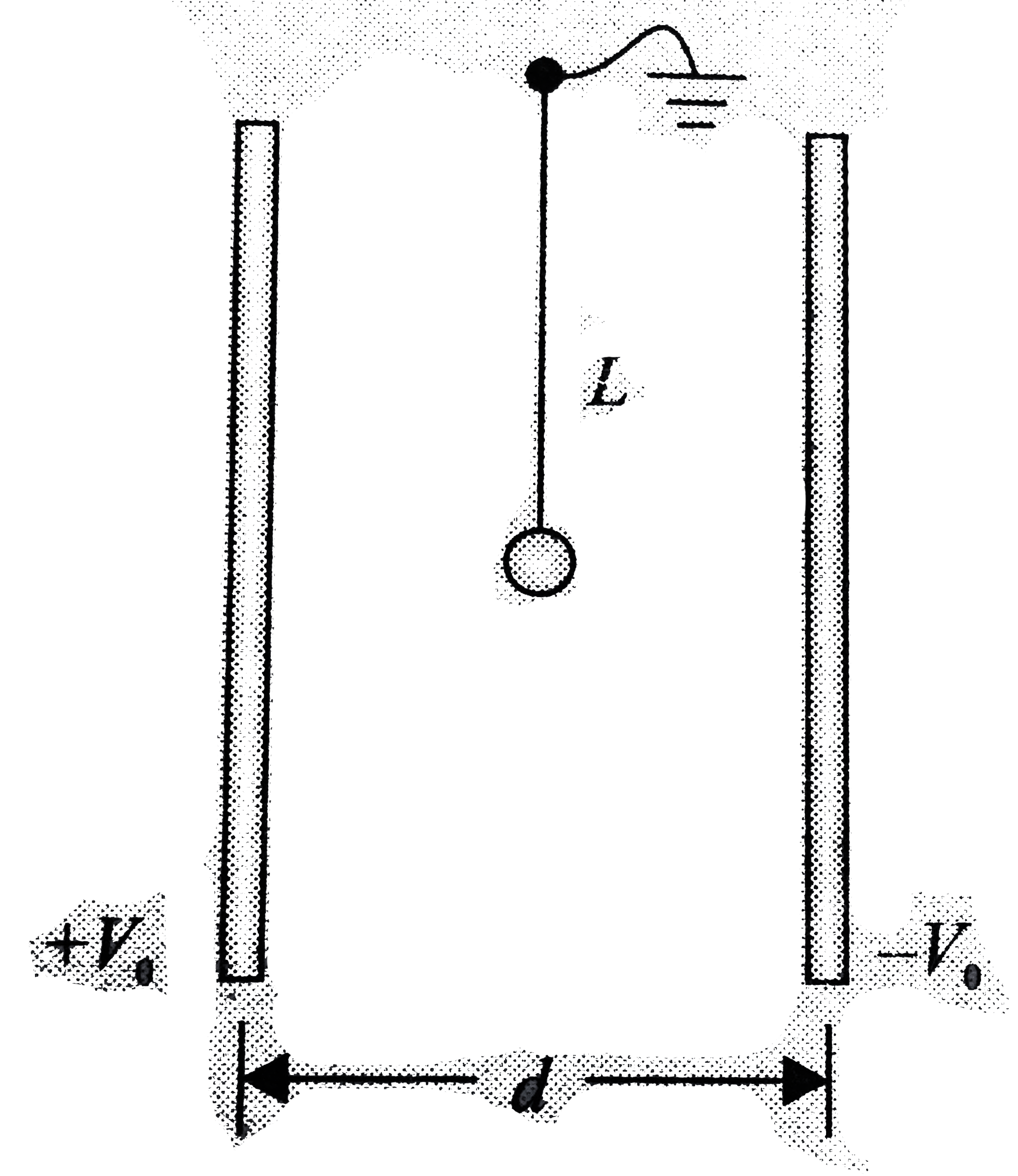A pingpong ball is floating at the vertex of a vertical fountain. State whether the equilibrium of the ball is vertically stable, unstable or neutral.
Equilibrium of the ball in vertical direction is stable. At the top of the fountain head,thrust of water acts vertically upwards and weight of the ball acts down , wards. The two forces acting on the ball, being equal and opposite keep the ball in equilibrium at A. If the ball is lifted upward a little to B, the thrust is less than the weight and so the ball returns to the equilibrium position A. On the other hand, if the ball is taken down to the position C , the thrust being greater then the weight of the ball, pushes it up to the equilibrium position A. Hence the pingpong ball is in a stable equilibrium. ,

Topper's Solved these Questions
- STATICSBOOK - CHHAYA PUBLICATIONCHAPTER - STATICSEXERCISE - EXERCISE (Multiple Choice Questions )
14 Videos
- STATICSBOOK - CHHAYA PUBLICATIONCHAPTER - STATICSEXERCISE - Very Short Answer Type Questions ( Based on Centre of Mass )
14 Videos
- STATICSBOOK - CHHAYA PUBLICATIONCHAPTER - STATICSEXERCISE - CBSE SCANNER
3 Videos
- SIMPLE HARMONIC MOTIONBOOK - CHHAYA PUBLICATIONCHAPTER - SIMPLE HARMONIC MOTIONEXERCISE - CBSE SCANNER
16 Videos
- SUPERPOSITION OF WAVESBOOK - CHHAYA PUBLICATIONCHAPTER - SUPERPOSITION OF WAVESEXERCISE - CBSE Scanner
14 Videos
Similar Questions
The potential energy of a conservative force field is given by
U=ax2−bx
where, a and b are positive constants. Find the equilibrium position and discuss whether the equilibrium is stable, unstable or neutral.
View SolutionThe potential energy of a conservative force field is given by
U=ax2−bx
where, a and b are positive constants. Find the equilibrium position and discuss whether the equilibrium is stable, unstable or neutral.
View Solution
Knowledge Check
The velocity of vertically thrown ball, with time, will be:
ADownwards positiveBDownwards negativeCUpwards negativeDUpwards positiveA ball balanced on a vertical rod is an example of
Astable equilibriumBunstable equilibriumCneutral equilibriumDperfect equilibriumpotential enrgy of a particle along x-axis varies as, U=−20+(x−2)2, where U is in joule and x in meter. Find the equilibrium position and state whether it is stable or unstable equilibrium.
AU=-20Bx=2CU=+20Dx=-2
Distinguish between stable, unstable and neutral equilibrium of a body
View SolutionForce acting on a particle constrained to move along x-axis is F=(x−4). Here, F is in newton and x in metre. Find the equilibrium position and state whether it is stable or unstable equilibrium.
View SolutionForce acting on a particle constrained to move along x-axis is F=(x−4). Here, F is in newton and x in metre. Find the equilibrium position and state whether it is stable or unstable equilibrium.
View SolutionAs shown in, two large parallel vertical conducting plates separated by distance D are charge so that their potential are +V0 and −V0. A small conducting ball of mass m and radius r (whereR<<d) is hung midway between the plates. The thread of length L supporting the ball is a conducting wire connected to ground, so the potential of the ball is fixed at V=0. The ball hangs straight down in stable equilibrium when V0 is sufficiently small. Show that the equilibrium of the ball is unstable if V0 exceeds the critical value [ked2mg/(4RL)]1/2.

View SolutionAs shown in (Fig. 3.90), two large parallel vertical conducting plates separated by distance D are charge so that their potential are +V0 and −V0. A small conducting ball of mass m and radius r (whereR<<d) is hung midway between the plates. The thread of length L supporting the ball is a conducting wire connected to ground, so the potential of the ball is fixed at V=0. The ball hangs straight down in stable equilibrium when V0 is sufficiently small. Show that the equilibrium of the ball is unstable if V0 exceeds the critical value [ked2mg/(4RL)]1/2.

View Solution
